Animated Edition - Spring / Summer 2022
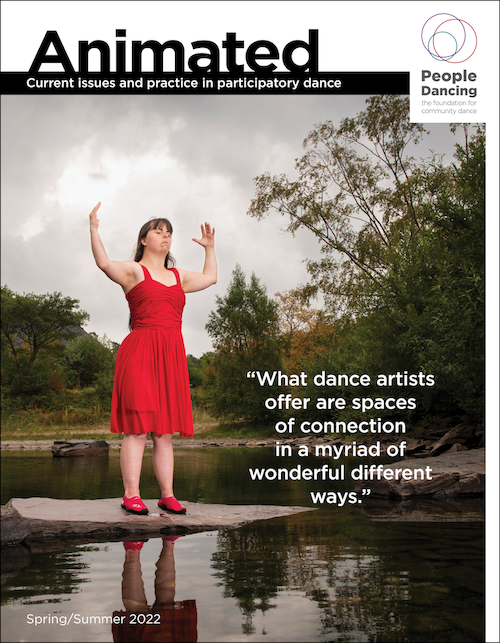
Focus on: "What dance artists offer are spaces of connection....”
It’s good to be back, with this extended digital edition of Animated. So much
has changed since Spring 2020 when
in the introduction to Animated, I said “whatever 2020 might bring...” without an understanding of what lay in store, thinking (and hoping) that whilst there are clouds ahead, they’ll pass over soon. This hope, shared by many, needed rapid rethinking.
I’m now struck by a common thread running through so many of the articles
in this edition, explicitly or implied, of reflection on self, others, context and purpose as the basis of responding to change, for making changes, and to doing things differently for the benefit of all.
Many thanks to our 30 contributors,
and special thanks to Professor Sarah Whatley and Lily Hayward-Smith of the Centre for Dance Research (C-DaRE)
at Coventry University for curating and coordinating this edition’s special feature, ‘Conversations & collaborations’.
Chris Stenton, Executive Director, People Dancing
chris@communitydance.org.uk
In this issue
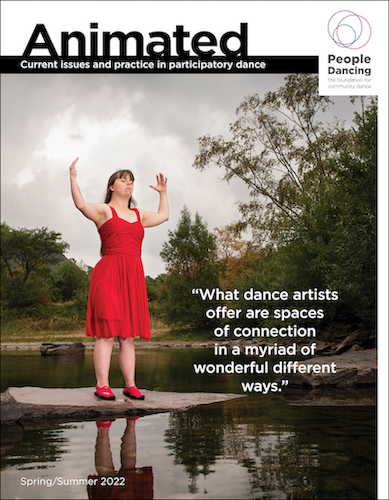
Read and download the complete Spring/Summer 2022 digital edition of Animated magazine online in a flipbook.
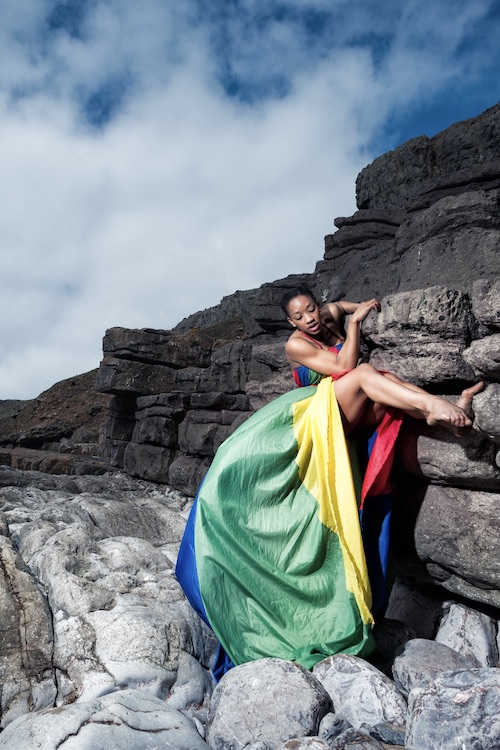
In the midst of difference, dance artist, choreographer, writer and director Krystal S Lowe finds
ways to forge different communities with countless cups of coffee and focused debate. Here, Krystal writes about finding the best ways to support each other no matter how unconventional that support may look
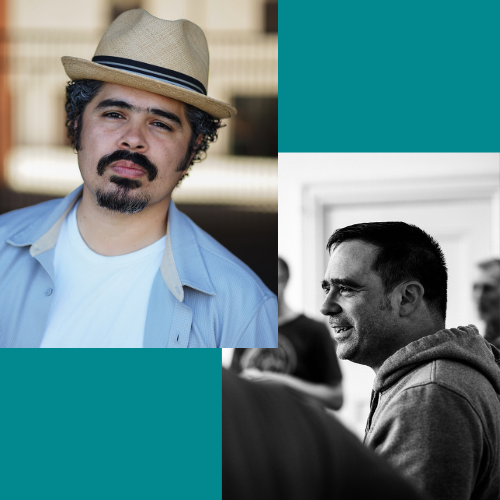
David Mckenna and Freddy Gutierrez’s transatlantic collaboration with and alongside individuals in the UK and USA prison systems explores belonging, place and
lived experience through movement and poetry/ spoken word intersecting notions of masculinity and mental health. In October 2019, they delivered Say Man, Take Heart at HMP Stafford alongside eleven residents and prison staff. Here, they reflect on this journey

How often do we consider the environments in which we dance? What histories are embodied within the space and bodies we inhabit? Ahead of the return of Let’s Dance International Frontiers, Pawlet Brookes MBE, CEO and Artistic Director of Serendipity, unpacks what it means to make space to dance and what this means for practitioners from the African and African Caribbean Diaspora
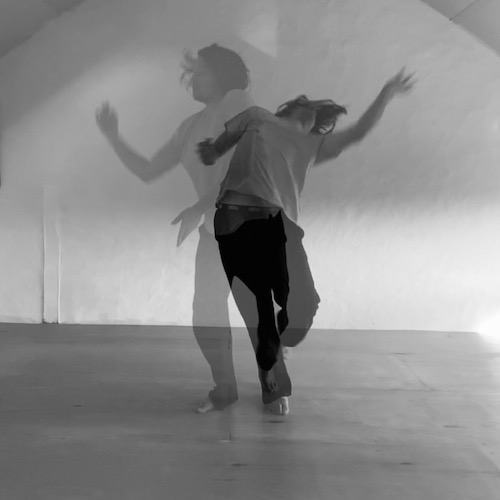
Independent dance artist and arts psychotherapist Cai Tomos addresses the physical, emotional and psychological demands brought by a pandemic and reflects upon finding spaces of connection and gaining perspective by being together with support from Rubicon’s Wales Wide Training Programme
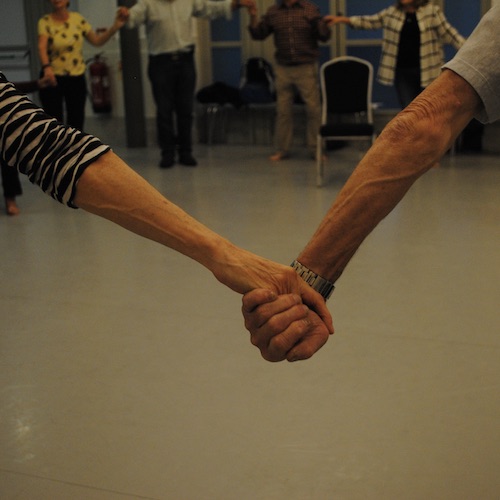
Physiotherapist, researcher and dance leader Dr Sophia Hulbert shares the journey, design and thoughts around her research into dance for people living with Parkinson’s

Eastbourne-based dance artist and teacher Yanaëlle Thiran’s mental blocks and fears disappear as she discovers new possibilities for meaning and connectedness through her improvised exploration outdoors
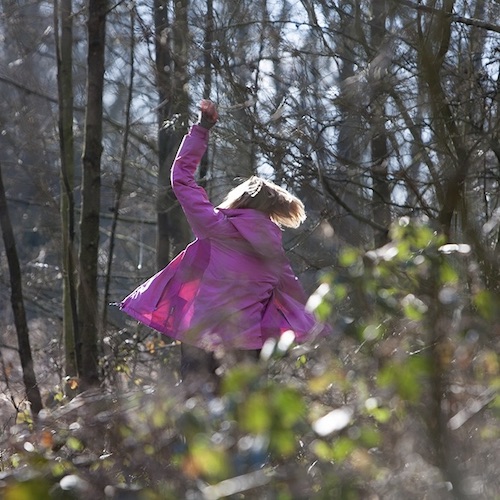
Through a changing landscape and battleground of shattered branches and disturbed earth, movement and visual artist Catherine Hawkins is carried by inspiration, support and a feeling of lightness as she returns to nature and her practice in a time of disconnection

Professor Sarah Whatley, Chair in Dance and Director: Centre for Dance Research (C-DaRE) introduces nine articles on a range of projects that have drawn together dance in higher education and dance in the wider arts sector which will be of interest to readers
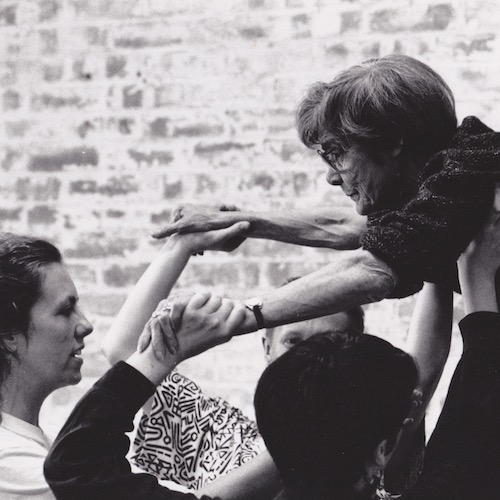
Rosemary Lee, choreographer and Associate Professor at Centre for Dance Research (C-DaRE), became involved with Chisenhale in the 1980s and was a board member 2010-15. Rachael Davies is a curator and PhD candidate at C-DaRE in collaboration with Chisenhale Dance Space. Here they have a conversation on Chisenhale Dance Space’s contribution to community dance within the context of the New Dance movement
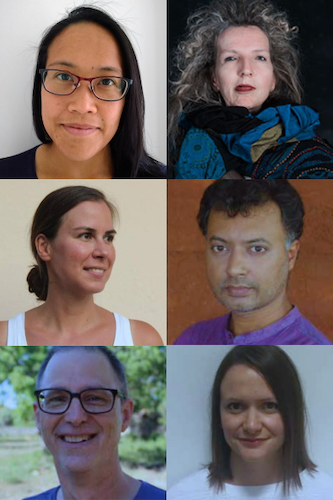
VisAbility is a Sri Lankan/German non-profit association focused on the empowerment of disabled people in Sri Lanka through mixed-abled dance and rights education. In the conversation that follows, Gerda König, Mahesh Umagiliya, Helena-Ulrika Marambio (VisAbility), Vipavinee Artpradid, Hetty Blades (Coventry University) and Lars Waldorf (University of Essex) reflect on VisAbility’s practice and their collaborative work
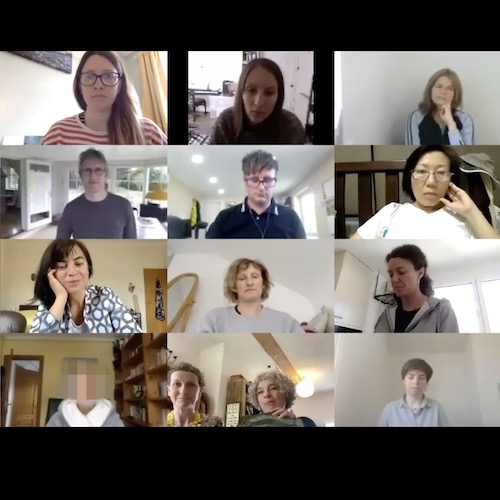
This writing is inspired by a virtual conversation in late 2021 between Kate Marsh, Lily Hayward-Smith and Simon Ellis from the Centre for Dance Research (C-DaRE). In keeping with the ‘C-DaRE Invites...’ model, they met with cups of tea, over Zoom, and reflected on what it has been so far and hopes for what it might be in the future
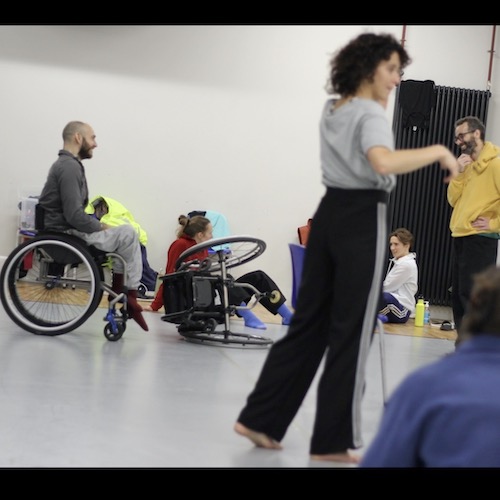
In their second year of PhD research, disabled dance artist Kat Hawkins constructs a fresh idea of journalism and dance and their overlapping potentials, and offers insights into a Collaborative Doctoral Award
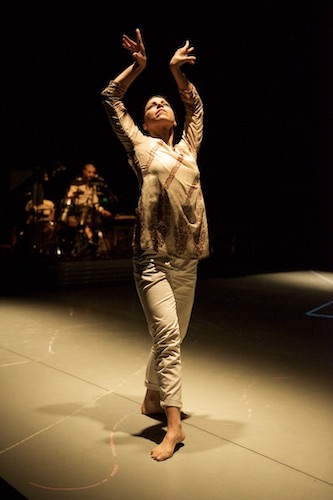
Over the lockdown period, Anjali Dance Company, founded by Artistic Director Nicole Thomson, swiftly moved their classes online and brought in several dance artists and experts in various genres to offer the company a range of weekly sessions. Among those styles was Flamenco, taught by flamenco dancer and choreographer Rosa Cisneros from Centre for Dance Research (C-DaRE)
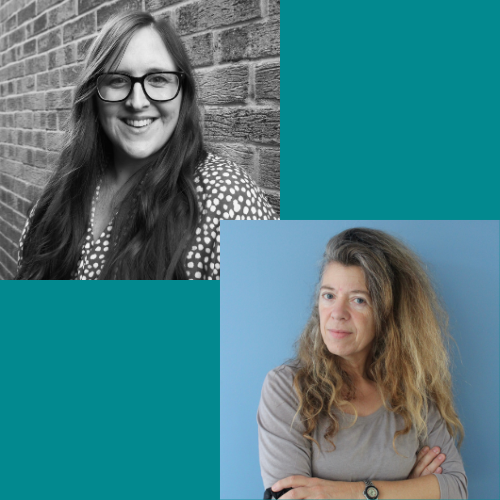
Chair in Dance and Director: Centre for Dance Research (C-DaRE) Professor Sarah Whatley talks about collaboration being at the heart of research and introduces dance researcher and educator Kathryn Stamp
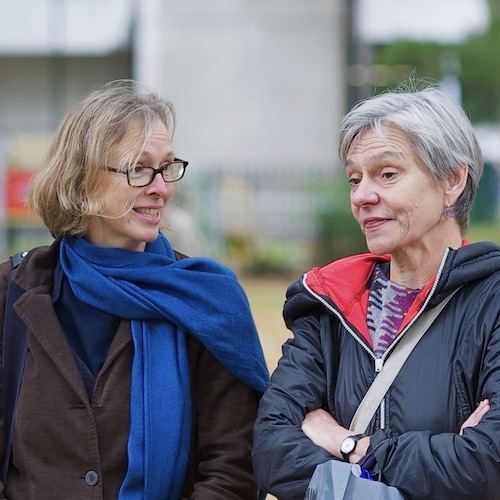
Colleagues and friends Siobhan Davies and Rosemary Lee ruminate together on art and its place in society. Written during a COVID lockdown, they consider it is a positive action to believe in the good. Recognising the suffering of the dance community, they focus on the idea of positivity as one way to step towards a difference

Dance and theatre scholar Professor Susanne Foellmer briefly sketches how choreography can be used as an analytical lens through which to scrutinise the power relations of protesting

If ever a project transpired in the face of adversity, it’s the 11 Million Reasons to Dance: Cymru (11MRTDC) project that took place across Wales during 2021. So, it’s especially pertinent to experience the stunning photographs from the exhibition element of the project in this Spring’s edition of Animated.